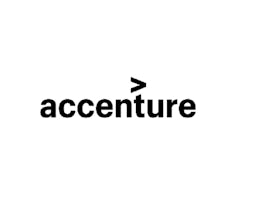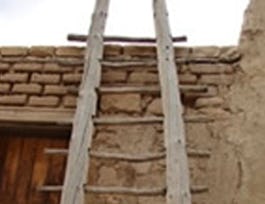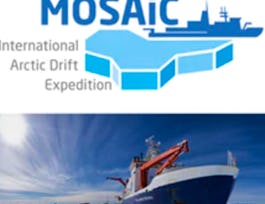The AMNH course The Dynamic Earth: A Course for Educators provides students with an overview of the origin and evolution of the Earth. Informed by the recently released Next Generation Science Standards, this course examines geological time scales, radiometric dating, and how scientists “read the rocks.” We will explore dramatic changes in the Earth over the last 4 billion years, including how the evolution of life on Earth has affected its atmosphere. In addition to looking at geology on a global scale, participants will take to their own backyards to explore and share their local geologic history. Course participants will bring their understanding of the dynamic Earth - along with content resources, discussion questions, and assignments - into their own teaching.



The Dynamic Earth: A Course for Educators


Instructors: Edmond Mathez, Ph.D.
Sponsored by Coursera for Reliance Family
19,530 already enrolled
(224 reviews)
Details to know

Add to your LinkedIn profile
4 assignments
See how employees at top companies are mastering in-demand skills


Earn a career certificate
Add this credential to your LinkedIn profile, resume, or CV
Share it on social media and in your performance review

There are 4 modules in this course
You will explore the ways scientists study the rock record to determine the geologic history of the Earth.
What's included
4 videos5 readings1 assignment
You will learn how the evolution of photosynthetic life changed the concentration of oxygen in the oceans and atmosphere, and how this is reflected in the rock record. You will also become familiar with how the Next Generation Science Standards connect to this week’s content. Finally, you will complete a written assignment: an analysis of a local geologic feature.
What's included
7 videos2 readings1 assignment1 peer review
You will learn how convection causes solid rock to flow in the Earth’s mantle and how the movement of the Earth’s tectonic plates forms mountains. You will also learn how to identify and address common student misconceptions about plate tectonics.
What's included
5 videos2 readings1 assignment
You will learn about earthquake risk. Using a multimedia teaching case about earthquake risk in Bangladesh, you will learn how scientists define and assess the risk from geologic events. You will also learn how to implement this or similar teaching cases with your students.
What's included
7 videos4 readings1 assignment
Instructors

Offered by
Why people choose Coursera for their career




Learner reviews
224 reviews
- 5 stars
77.67%
- 4 stars
13.39%
- 3 stars
6.69%
- 2 stars
1.33%
- 1 star
0.89%
Showing 3 of 224
Reviewed on Jan 19, 2018
Very interesting videos, talks and additional resources. It was exiting to make a research of a local geological feature.
Reviewed on Sep 5, 2019
it's an amazing course easy to understand and as science teacher it really helped me developing new ways in teaching science and how can i engage student
Reviewed on Jan 4, 2020
Excellent I learned a lot despite not being an educator. I think that the peer review system leaves much to be desired as your submission may not be marked
Recommended if you're interested in Physical Science and Engineering

Accenture

University of Toronto

University of Colorado Boulder

The University of Edinburgh

Open new doors with Coursera Plus
Unlimited access to 10,000+ world-class courses, hands-on projects, and job-ready certificate programs - all included in your subscription
Advance your career with an online degree
Earn a degree from world-class universities - 100% online
Join over 3,400 global companies that choose Coursera for Business
Upskill your employees to excel in the digital economy


